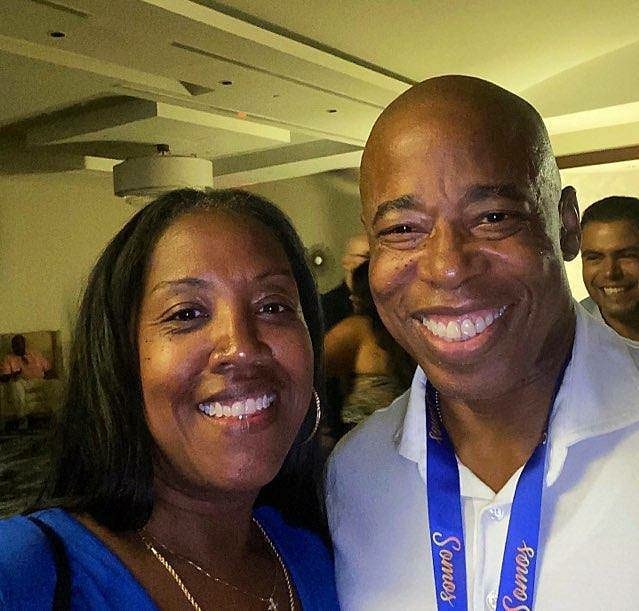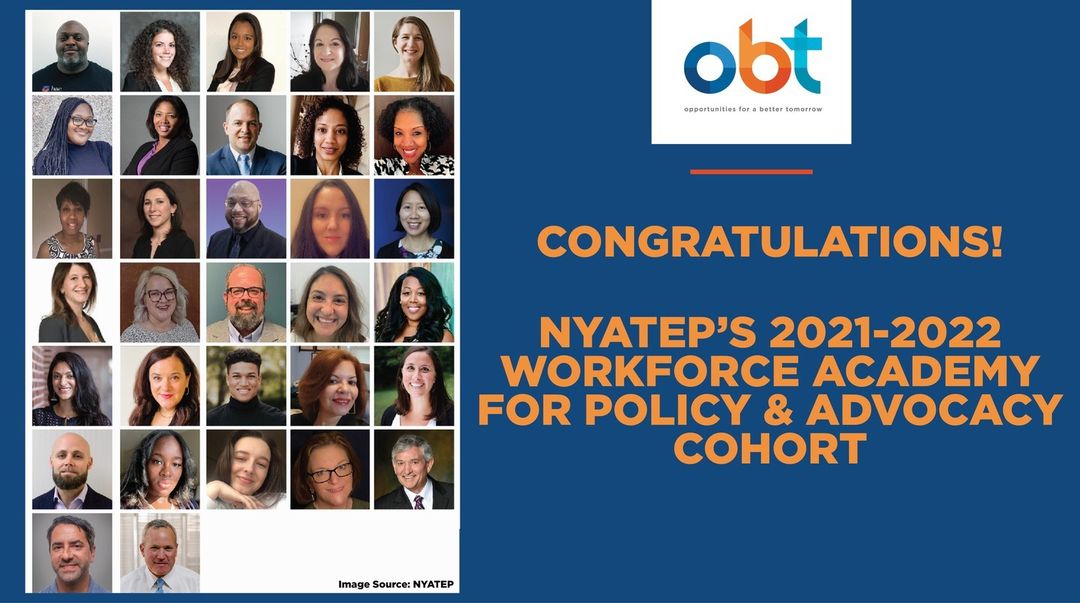https://www.nynmedia.com/content/youth-need-work
We need the city’s help to connect harder to reach youth to economic opportunities
Young adults who are still out of school and out of work – despite New York City’s strong economy and work opportunities – are typically facing steeper barriers and require more supportive services. We have to address these hurdles in the next iteration of education, training, and employment services and programs – and provide resources to make it happen.
A recent report published by JobsFirstNYC and the Community Service Society of New York, Barriers to Entry: Fewer Out-of-School, Out-of-Work Young Adults, As Warning Signs Emerge, found that the number of 18- to 24-year-old New Yorkers who are out of school and out of work has dropped from 22 percent of the population – 187,588 – in 2010, down to 17 percent of the population – 136,483 – in 2015. The report suggests this decline can be attributed to a combination of factors, including a population reduction in this age range, a stronger economy making it easier to find work, and the potential impact of public policies – especially policies that help students stay in school longer.
Despite this promising progress, the research raises a critical question: Who are the remaining 136,000 out-of-school, out-of-work young adults in New York City and how can they be successfully connected to opportunity?
The report, which includes interviews leaders from the workforce development field, found that today’s programs serving out-of-school, out-of-work young adults are facing a myriad of new challenges as those remaining 136,000 arrive at their doors. They are more likely to be system engaged – both criminal justice and foster care – they often have a wide range of disabilities, and can be more difficult to recruit and retain. Many programs do not have resources flexible enough to restructure program services for these more intensive needs. There is not a clear sense of who these 136,000 youth are, and no widespread, coordinated recognizable effort to fully understand how they may need to be served differently.
Organizations like Opportunities for a Better Tomorrow, have been a leader in New York City’s workforce movement for more than 30 years. OBT has always served young people who are managing barriers to employment with programming that is both responsive and rigorous. Serving 4,000 individuals a year, with more than a quarter of them between the ages of 17 and 24, OBT understands first-hand the ways in which this work has become increasingly complex.
OBT is increasingly needing longer on-ramps to help young people facing barriers become prepared for careers. More supportive services are needed to help them connect to and remain in jobs. The organization’s most recent client data shows an increase in the capacity and time required for young adults to achieve program completion.
Nearly 40 percent of the youth across OBT’s programs have received or continue to receive special education services. Over 30 percent are court-involved. Reading and math levels average between 5th and 7th grade. Many are navigating parenthood, others face housing and food insecurity, and increasingly, many require training programs that integrate English as a Second Language services. This shift, found in their internal data and raised in the Barriers to Entry report, reflects the variability in who is accessing these training opportunities and the need for more differentiated and oftentimes longer runways to help young adults fully access opportunities.
These factors are not unique to OBT. Other organizations that look to address this same population will need additional resources to form the kinds of partnership that can help meet their needs.
The city must become a more engaged partner. It needs a comprehensive strategy to address these needs. Other cities like Los Angeles have developed a framework and set of investments for this population. Such a strategy should include a coherent, accessible and properly resourced system with multiple entry and exit points to reflect the diversity in needs and interests of this population. The city is well-positioned to strengthen access to employment for these young adults by incentivizing innovations in program design and partnerships, and taking a more deliberate approach to employer engagement.
This and other actions can only serve to increase the efficacy of current investments. It will also help ensure that today’s harder-to-serve youth who remain out of school and unattached to the labor market can easily connect to the education and training and programs that will best meet their needs.
Liliana Polo-McKenna is the CEO of Opportunities for a Better Tomorrow.
Marjorie Parker is the president and CEO of JobsFirstNYC.



